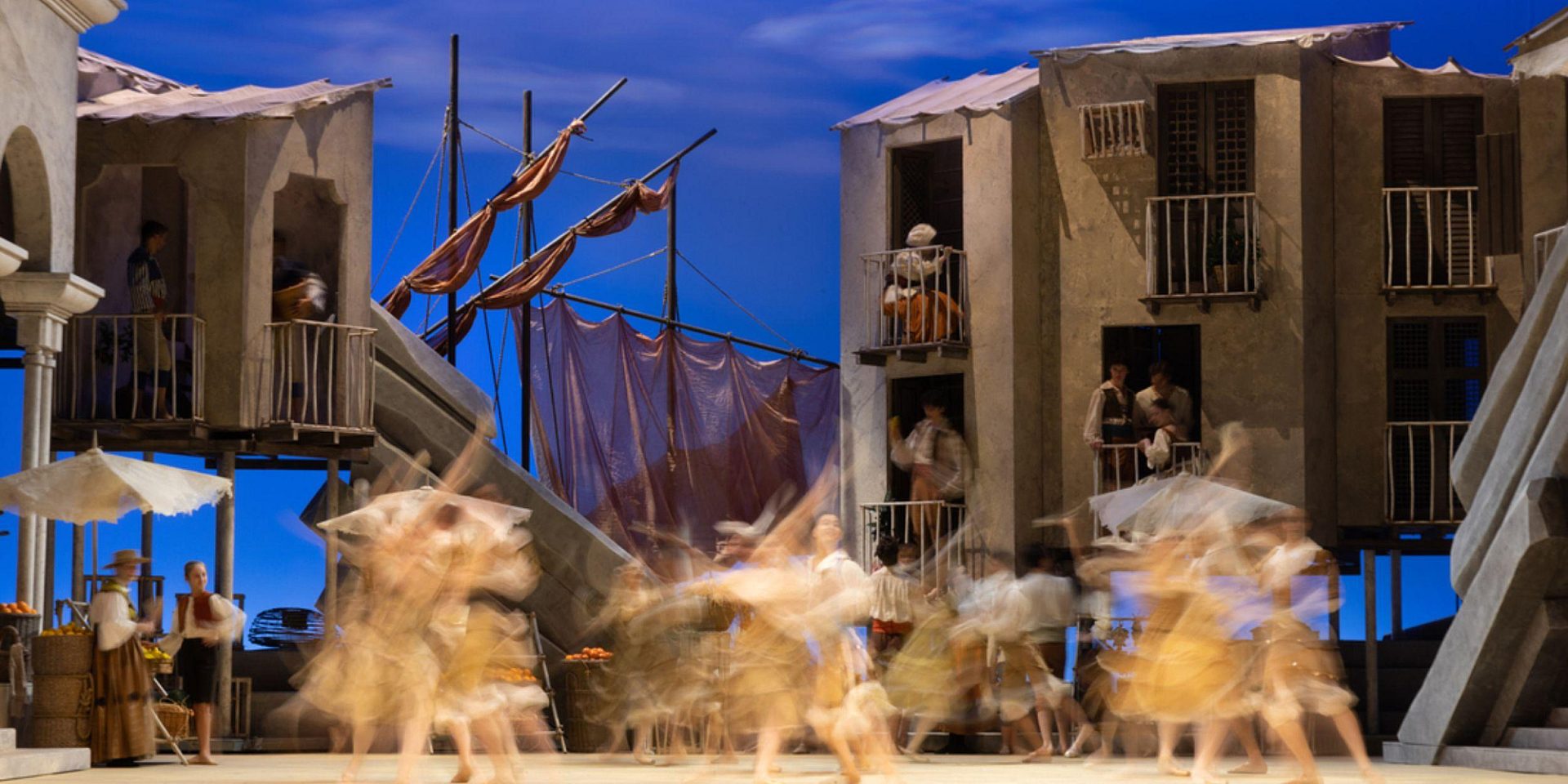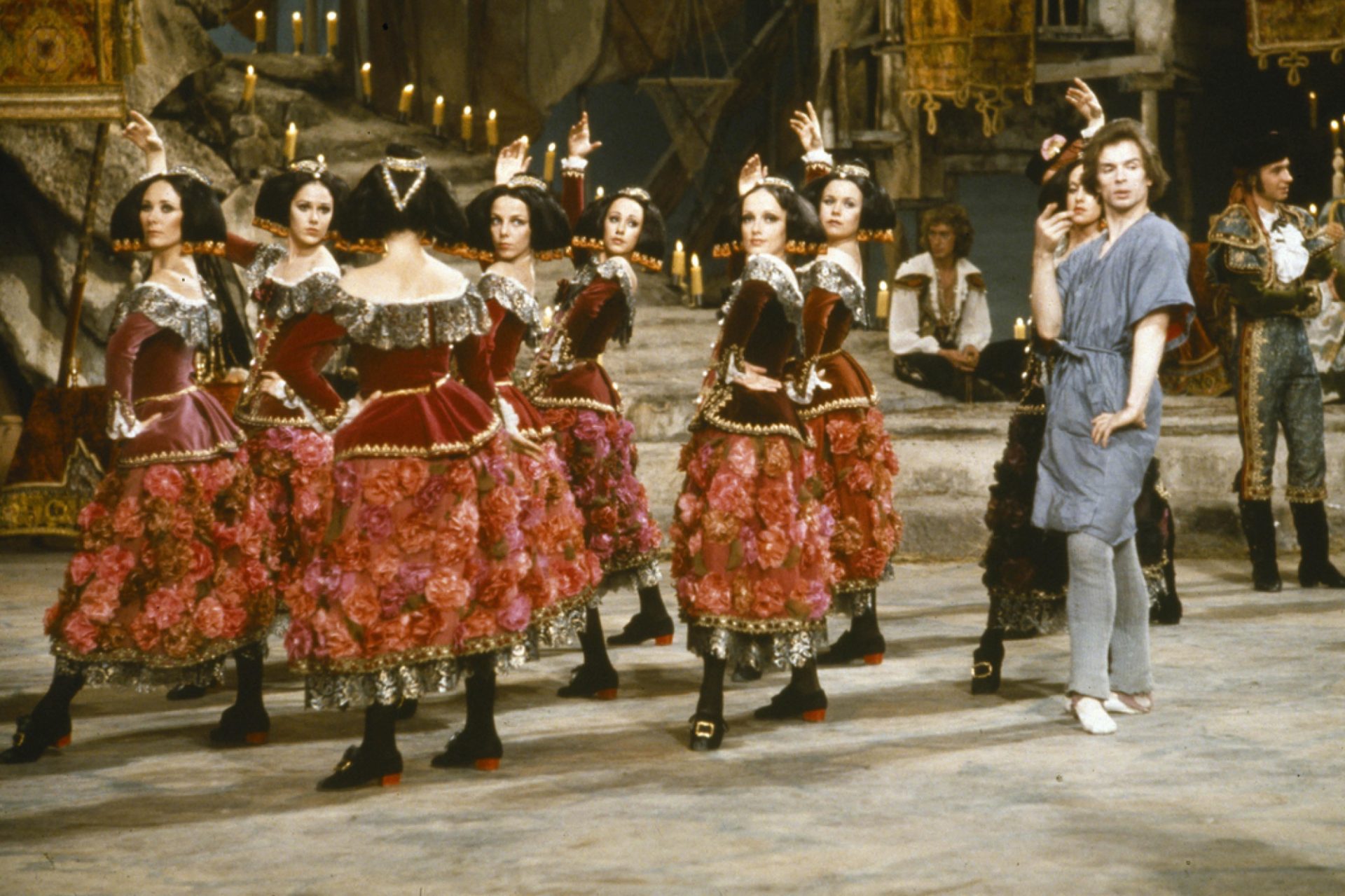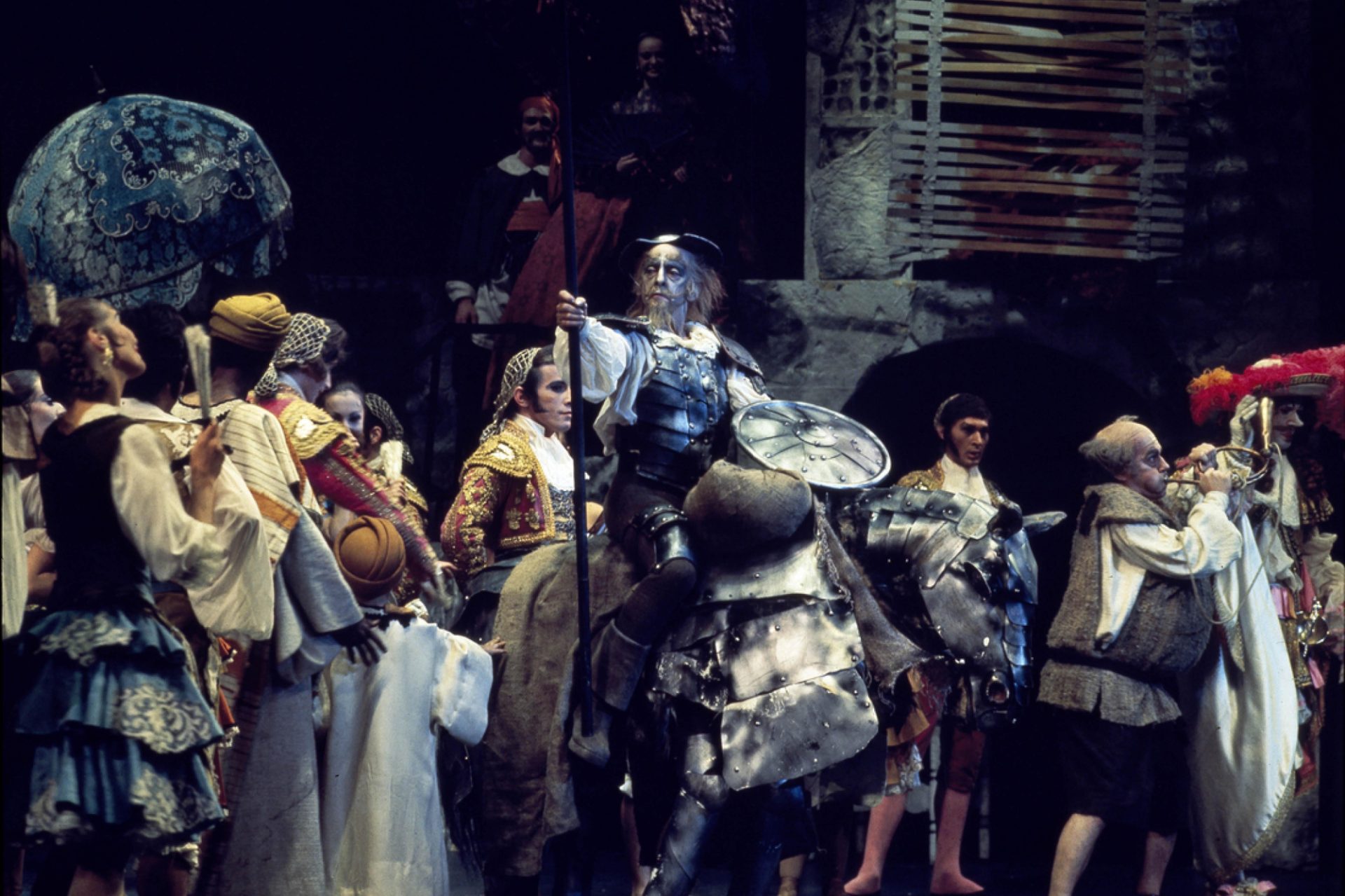Behind the curtain: Associate Professor Richard Roberts on reimagining one of Australia’s most iconic ballets, Don Quixote, for the stage

Head of Design and Production at the Victorian College of the Arts, Associate Professor Richard Roberts, is known for his visionary work in production design. His latest endeavour? Creating breathtaking set designs for the Australian Ballet's production of Don Quixote, which reimagines the iconic 1973 film choreographed by Rudolf Nureyev and designed by creative luminary, Barry Kay.
Inspired by Kay’s original designs, and the rich and lively culture of Spain, Roberts' vision brings the fantastical tale of the iconic literary figure to the stage, 50 years after the Australian Ballet’s famed film production.
In this Q&A, we explore the creative process behind Roberts' set design and get a behind-the-scenes look at the magic that has been captivating Melbourne audiences.

How did you feel when you were asked to design the Australian Ballet’s latest production of Don Quixote? Were you excited or daunted by the task of reimagining the 1970s film for the stage?
A bit of both, to be honest. When I started working as a designer in the 70s, my first job was at the South Australia theatre company, and there were people working there who had been involved in the original film version of Don Quixote. I saw the film around that time and was struck by its beauty and freshness. So, when I was asked nearly 50 years later to put together a stage version, I said yes straight away. For me, this project was about honouring Barry Kay’s beautiful work and vision and making that speak to an audience 50 years later.
How did you balance honouring the original work while infusing something new?
When you take on a task like this, someone has already invented the design language, and you're tasked with finding another way to use it in a different context. It's like running a relay race where I'm doing the second leg, and Barry Kay did the first leg, and I've just grabbed the baton from him.
In my original conversations with Australian Ballet Director David Hallberg, we talked about recreating earlier designs and the pitfalls of that. In some ways, if you’re too intent on an absolute and exact recreation, you could end up with something that’s a bit dead. So, we decided to find the spirit of the original instead and get that to be alive and well on the stage. It was this focus that drove much of the design thinking during the process.

Can you tell us more about the creative process behind designing the set?
I watched the original film carefully and took many screenshots of details such as arches, columns, doors, windows, and architectural elements. I wanted to see how Barry Kay had treated them. Once I had a library full of those details, I sat down and thought about how to put them onto the stage.
What challenges and opportunities did you face in reimagining the original film sets for the stage?
The original film was shot on three sound stages, so they could film on one-set, stop the camera, and move to the next, and just edit it away. We had to do that on-stage and in front of the audience's eyes, which is a tricky task.
For the stage version, we didn’t want the curtain to come down and the orchestra to stop in between each of the three acts, we wanted the set changes to flow, just like in the film. It was our aim to avoid losing momentum and keep the audience engaged throughout the production. There’s also a magic for audiences when they can see things transform in front of their eyes.

You had the opportunity to work closely with some of Barry Kay’s original drawings and documentation, how did that influence your design process?
Working with Barry’s original drawings and documentation material gave me valuable insight into his design philosophy. He was interested in creating an architectural space that allowed the dance to exist within it, rather than in front of a depiction of space. This resonated deeply with me, and aligned closely with my own design approach, so I wanted to capture that exact feeling in our version.
In the archives, there were renderings Barry had designed for a new stage production of the ballet that never happened. In the designs, Barry had included a false proscenium arch, so I decided to include the proscenium arch as a design element in the show. The proscenium became an important element that beautifully frames and bonds all the scenery together.
What was it like working with the broader creative team to bring this extraordinary ballet to life?
Collaborating with the creative team was an incredible experience. It involved hundreds of people across multiple workshops. Unfortunately, two key players of the original work, Rudolf Nureyev and Barry Kay, are no longer with us. So, Jon Buswell (Australian Ballet’s Director of Technical and Production) and I had to drive much of the concept design.
The costume department worked tirelessly to recreate the original costumes, travelling around the country to learn more about them. The scenic art department in Altona coordinated the painting, with the head of scenic art, Karen Trott, doing most of the work herself with her assistants. I also had an intern from the BFA Production course at VCA who was with me through the period, moving from the workshop into the theatre, and learned a lot about working on a project of this scale. Overall, it was an amazing team effort, and I'm proud of what we accomplished.

Can you offer any advice to the next generation of designers who aspire to work on iconic productions like Don Quixote?
My advice would be to not solely focus on the scale of the project. While it is a great experience to work with a company that has a high level of resources, working with a smaller company with minimal resources can be just as rewarding. Ultimately, I hope that with any project, no matter how big or small, I come out of it slightly changed. The most memorable projects I’ve worked on, were the ones that transformed me in some way.
That's the magic of being a designer. No matter the scale of the project, you can come out transformed, and having learned something new. For my current students, I remind them that they are at the beginning of a design process that will last their entire lives, which will only stop when they stop designing. You never stop learning to be a designer. It’s important to be open to change, embrace it, and never resist it.
The Australian Ballet's Don Quixote is on at the State Theatre, Arts Centre Melbourne until Saturday 25 March, before travelling to Sydney in April. Book tickets here.